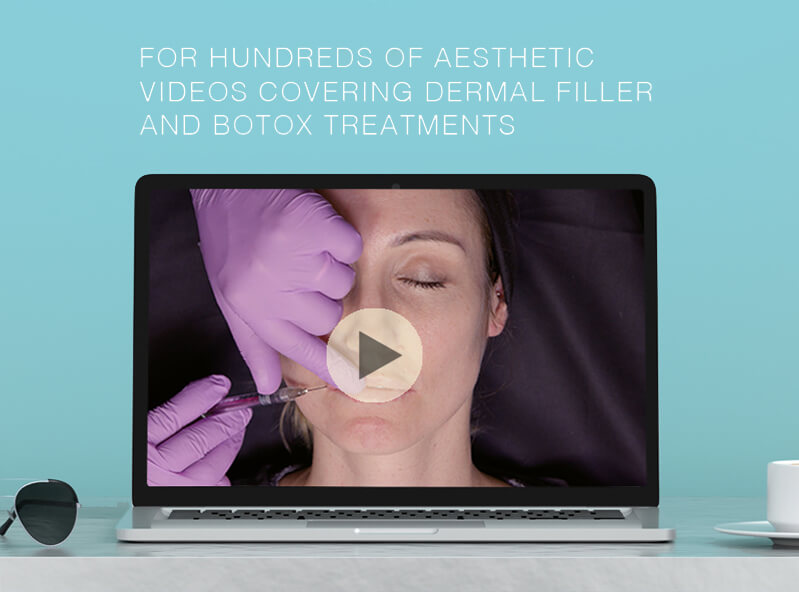Botox History: Wurstgift
In the late 18th to early 19th century, Germany was suffering from a spike in fatal poisonings due to the effects of the Napoleonic wars on food production in certain regions. In 1820, Dr Justinus Kerner published his chronicles of the study of 76 cases of similar poisonings from smoked blood sausage. He called this “wurstgift,” or sausage poison. From this, Dr Kerner experimented with wurstgift, injecting animals as well as himself, leading to an increased understanding of the neurological effects of botulism. From this, he came up with suggestions for the usage of the toxin, as well as ways to prevent and treat the poisoning caused by its presence in improperly prepared food.
Over 70 years after this, in the 1890s, a Belgian doctor (Dr Emile Pierre van Ermengem) was asked to look into an outbreak of botulism after the food at a funeral caused death in 3 people and paralysis in a further 23. Dr van Ermengem found a connection between botulism and a bacterium he named Bacillus botulinus, which was later rechristened Clostridium botulinum. Multiple studies followed this, and seven strains of botulinum toxin were identified.
From Weapon To Treatment
In the next century, World War II broke out and botulinum toxin was researched heavily in the US as biological warfare came into play, but projects involving its use were abandoned before any action could be taken. In the 1950s and 1960s, this research became more positive, with doctors focussing on the beneficial applications of the toxin. This came to a head with Dr Vernon Brooks’ discovery of its muscle-relaxing effects, which Dr Alan B Scott further investigated, utilising the toxin to address strabismus, or crossed eyes, in animals.
Botox History: FDA and Allergan

In 1978, Dr Scott received clearance from the FDA to inject small amounts of botulinum toxin into human volunteers, with successful results for the initial use of addressing strabismus, and other applications, including relief of facial, neck, shoulder, and vocal cord spasms. Shortly after this, the company was acquired by Allergan, who shortened the name to create branded BotoxⓇ.
Off-Label Uses
Over time, the uses were expanded to include addressing conditions like bladder spasms, cerebral palsy in children, and blepharospasm. In 1992, Dr Jean Carruthers and her husband, a dermatologist, published a study about her accidental discovery of her blepharospasm patients losing their frown lines. This was almost immediately picked up by dermatologists as an off-label use worldwide, and in 1997 the application of Botox was so high that the US supply temporarily ran out before the FDA approved a new batch.
Botox History: Present Day
In 2002, the FDA approved Botox for addressing frown lines, and in the years that followed, it became one of the most successful pharmaceutical launches in Allergan’s history. As well as enormous positive publicity, Botox also receives more than its fair share of negative press, though this is largely aimed at those who perform the treatment without the necessary knowledge to do so safely and effectively.
Dr Tapan has been using Botox in both on-label and off-label treatments to address cosmetic concerns for patients for nearly 20 years and has lectured around the world on the best ways to apply botulinum toxin. On a PHI College bespoke Botox masterclass, we cover the indications you want to improve on, to ensure that you can make every treatment you perform safe and effective for your patients. Book your place on an upcoming course, or contact our team on info@phicollege.com to learn more. You can also follow us on Instagram, Facebook, and Twitter to stay up to date with what’s going on here at PHI College.
< Back To BlogVideos With E-Mastr
All attendees receive an exclusive discount on introductory eMASTR subscription following completion of the course, which uses eMASTR resources to supplement theoretical learning. www.e-mastr.com

With an extensive range of videos from step by step treatments to practice matters, you can be safe in the knowledge that you have everything you need there.
Visit E-Mastr